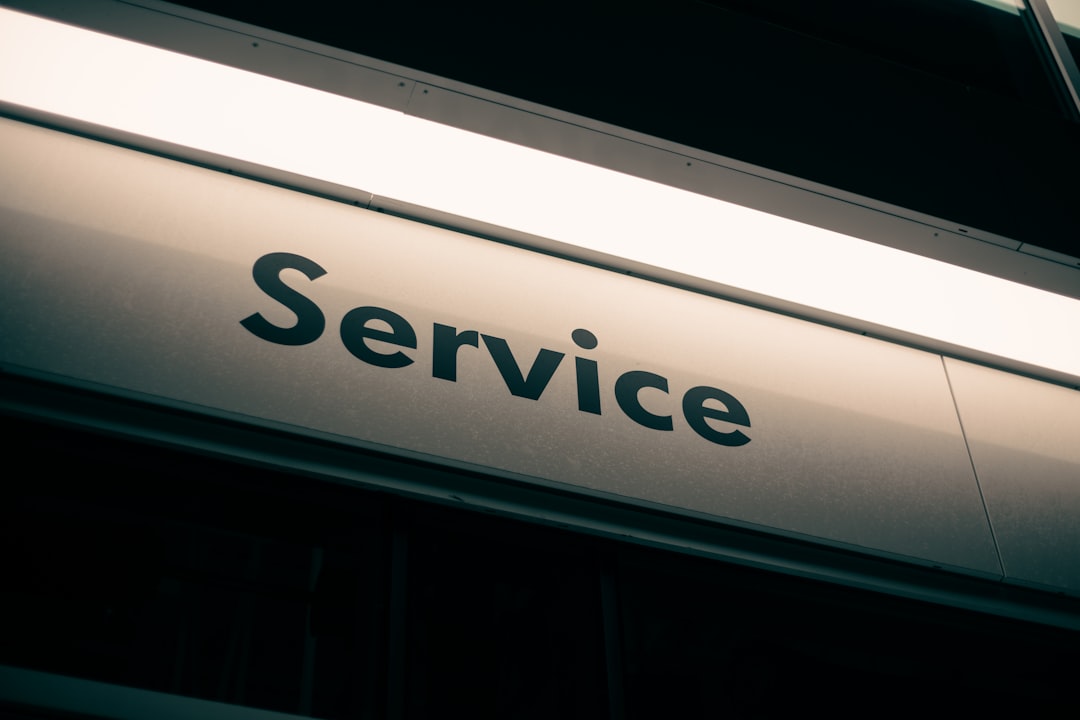
Financing a laundromat can be a smart and profitable investment if approached strategically. The laundry industry is known for its relative stability, recurring customer base, and low labor requirements, making it an attractive option for both first-time entrepreneurs and seasoned investors. However, like any small business venture, securing the proper financing is critical to getting started and maintaining long-term success. Whether you’re purchasing an existing laundromat, starting one from scratch, or upgrading equipment, there are several financing options available to meet your specific needs.
The first step in laundromat financing is determining the total amount of capital required. This includes the cost of acquiring or leasing a space, purchasing washers and dryers, making necessary renovations, installing plumbing and electrical systems, buying supplies, and setting aside working capital for at least the first few months. If you’re buying an existing laundromat, due diligence is essential?review financial statements, lease agreements, utility bills, and equipment condition. A typical laundromat startup can cost anywhere from $200,000 to over $500,000, depending on location, size, and equipment needs.
There are several popular financing options available for laundromat owners. One of the most common routes is obtaining a Small Business Administration (SBA) loan. SBA 7(a) loans are particularly popular for laundromat financing due to their favorable terms, including lower down payments (typically around 10-20%), longer repayment periods (up to 25 years for real estate and 10 years for equipment or working capital), and competitive interest rates. However, SBA loans require strong credit scores, a solid business plan, and often some collateral.
Another route is equipment financing, which is ideal if you’re primarily looking to purchase new or replacement washers and dryers. In this arrangement, the equipment itself acts as collateral for the loan, reducing the risk for lenders and often making approval easier and faster. These loans generally cover up to 100% of the equipment cost and have repayment terms that align with the expected lifespan of the machines. Equipment leasing is another alternative that reduces upfront costs but can be more expensive in the long run compared to outright purchasing.
Some laundromat investors turn to conventional bank loans or credit unions. These institutions may offer competitive rates but typically require excellent credit and a strong financial history. For those who may not meet strict lending criteria, alternative lenders and online financing platforms are an option, though they often come with higher interest rates and shorter repayment terms. Merchant cash advances or business lines of credit can also provide quick access to funds, but they are usually best reserved for short-term needs due to their cost.
For buyers with limited capital, seller financing is sometimes available. In this case, the current owner agrees to finance part of the purchase price, allowing the buyer to make payments over time. This option can offer flexible terms and reduce the need for immediate large-scale borrowing, though it often requires negotiation and trust between buyer and seller.
A crucial part of securing financing is preparing a strong business plan. Lenders want to see that you understand the market, have realistic financial projections, and a clear operational plan. Your plan should include detailed startup costs, break-even analysis, marketing strategy, and an overview of your experience in business management or the laundry industry. The stronger your plan, the more likely you are to receive favorable loan terms.
In summary, laundromat financing is achievable through various channels, including SBA loans, equipment financing, traditional bank loans, alternative lenders, and seller financing. Each option has its advantages and drawbacks, so it’s important to evaluate your specific financial situation, creditworthiness, and business goals before choosing a path. With careful planning and the right financing, owning a laundromat can be a sustainable and lucrative investment.
